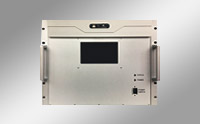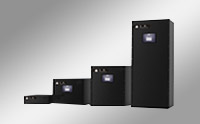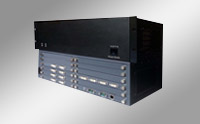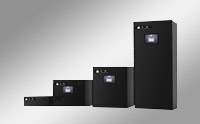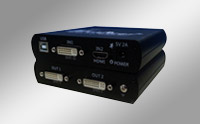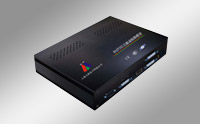There are a lot of applications that benefits from high resolution and ultra wide displays, for example, immersive virtual reality and scientific visualization. But most projectors with high luminance are currently limited to the resolutions of XGA (1024x768) or WXGA (1280x800). Although you can choose some high resolution projector, the brightness still remains a problem. There are projectors with satisfactory brightness and resolution, but they cost a lot—maybe tens of thousands of dollars.
One possible solution is to combine a number of commodity projectors. Each projector makes a unit of the whole screen to form a large seamless SHR vision, for which edge-blending technology may be the only choice. Edge-blending is a method whereby two or more projectors are used together, with edges of projected images precisely overlapped and technically blended to create a seamless presentation on a wide screen. The term "edge blending" means that the overlapped edges need to be carefully processed to blend together without appearing any brighter than other regions or at least until the brightness difference is less easily noticed by viewers.

